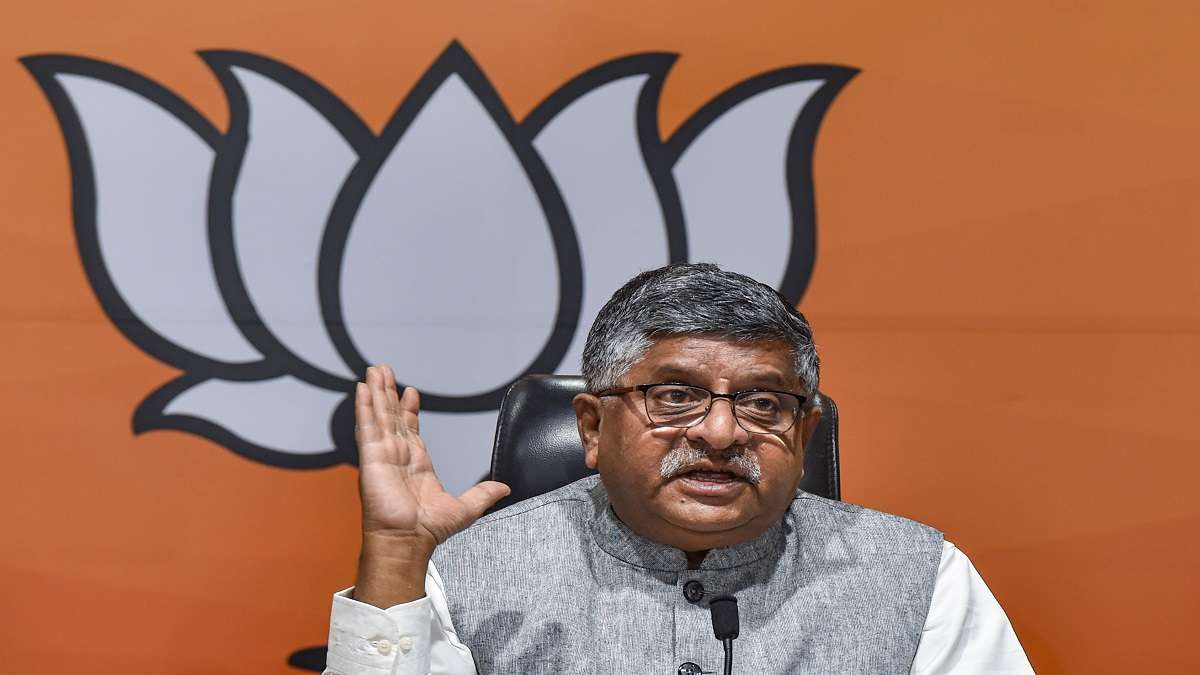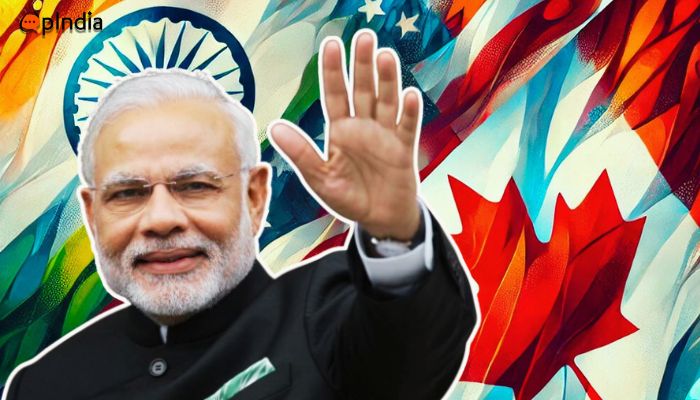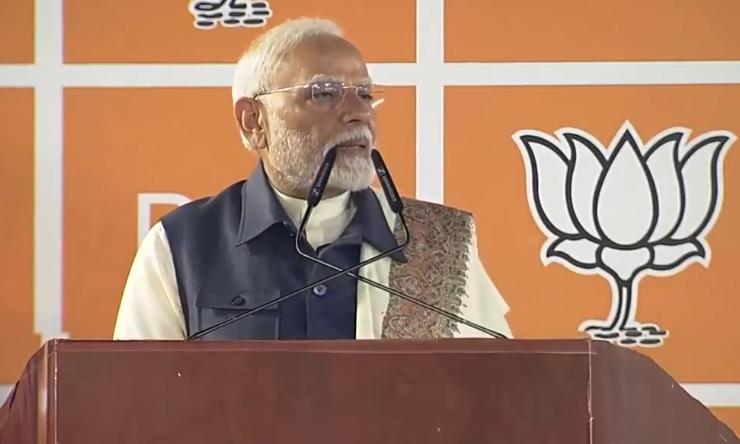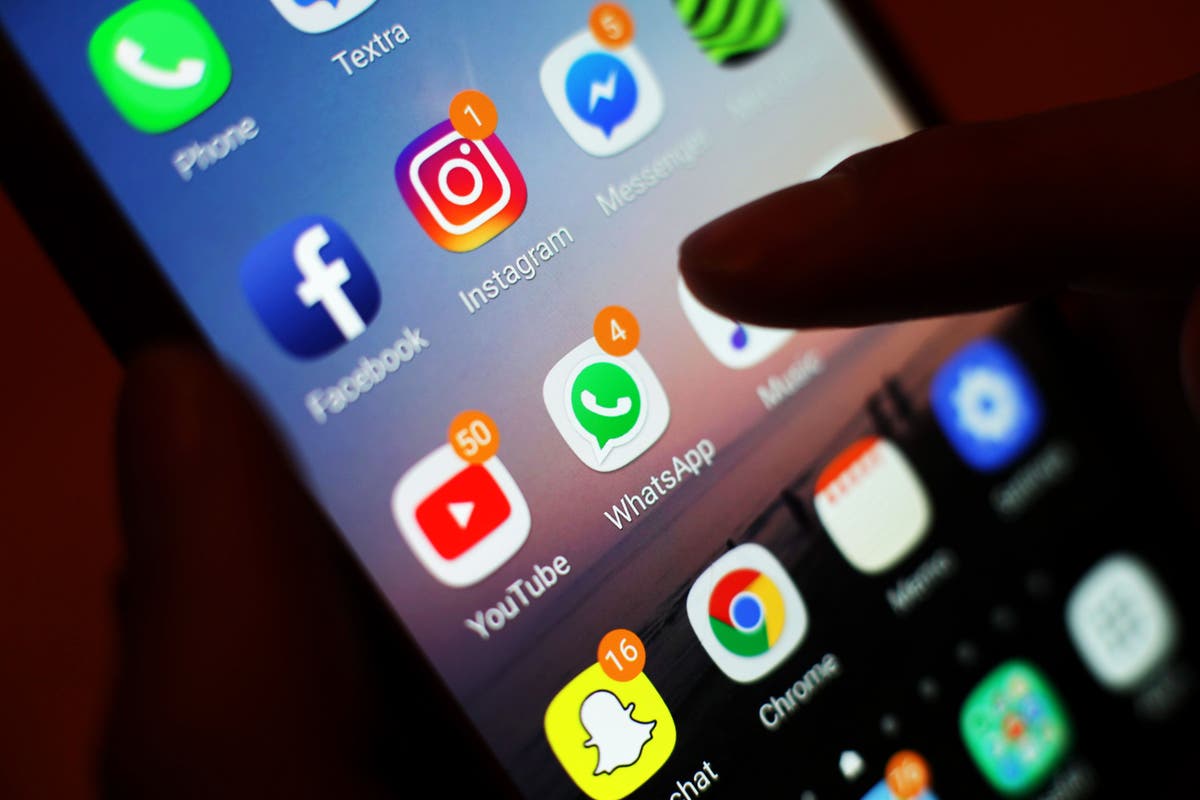
The year that was
Live MintIn 2021, we struggled to figure out if washing hands with soap was enough or was it necessary to use sanitisers, and whether masks had to be worn or not; and if they were to be worn, was it necessary to wear them inside our cars while we were driving or only when we were passengers; and was there a polite way to tell the Uber driver or the person next to us in the Metro that all human beings exhale through their nostrils, and not ears, so the masks should cover their nose, and not dangle stylishly below the chin; and we struggled to understand if one dose of vaccine was enough or not, and if one was not enough, when the second dose hadto be taken, and if two weren’t enough, were three needed, and so on and so forth… and we lost count of when January was over and December came and found it’s about to leave us. In January, India approved its homegrown covid vaccine and cried foul when a few months later foreign governments wouldn’t take Covaxin seriously, wounding national pride. But then a few months later when the WHO director-general saw Prime Minister Narendra Modi walk towards him eagerly and appeared to worry that he might get hugged, notwithstanding social distancing rules, he promptly approved Covaxin, and Indians heaved a sigh of relief and shouted, “Bharat Mata Ki Jai.” At the virtual Davos summit, Prime Minister Modi declared victory over coronavirus. In April, Gujarat became the third state to pass what’s effectively a ban on marriage between consenting adults if they happen to have been born into different religions, to prevent the spread of ‘love jihad,’ a mysterious disease apparently rampant in India, even though nobody had statistics to show how many marriages had taken place by force, and whether the trend was rising or falling, or what ‘love jihad’ meant under the law, as it was a term that no statutory authority had ever defined or described as a problem.
History of this topic

Will WhatsApp shut down in India? IT minister says this: ‘Company has not informed’
Hindustan Times
WhatsApp Bans 66 Lakh Indian Accounts In May This Year: All Details
News 18
WhatsApp threatens to exit India: What are new IT rules on tracing originator
Hindustan Times
Why Did WhatsApp Threaten To Leave India? Encryption Clash And Amended IT Rules Explained
ABP News
Bulk WhatsApp messages with PM letter MCC violation, says Congress
The Hindu
WhatsApp blocks 7.1 million accounts for violating policies in India
India TV News
WhatsApp expresses gratitude to the IT Minister for user safety initiatives: Know more
India TV News
Will investigate WhatsApp's ‘unacceptable’ breach of privacy: IT minister Rajeev Chandrasekhar
Hindustan Times
WhatsApp says it banned 29 lakh Indian accounts in January
Hindustan Times
WhatsApp banned more than 36 lakh accounts in India in December 2022 - here's why
India TV News
Privacy Policy: SC Asks WhatsApp to Give Wide Publicity to Undertaking Given to Centre in 2021
News 18
SC asks WhatsApp to give wide publicity to undertaking given to Centre in 2021
Deccan Chronicle
WhatsApp gets warning from Indian government, here is what happened
India Today
Why did WhatsApp banned over 37 lakh accounts from India in November?
India TV News
Why did WhatsApp ban 23 lakh accounts in India?
India TV News
WhatsApp banned over 23 lakh Indian accounts in August: Report
Hindustan Times
WhatsApp bans 23 lakh bad accounts from India and here is the reason
India TV NewsWhatsApp privacy policy places users in ‘take it or leave it’ situation, forces into agreement: High Court
The Hindu
WhatsApp Update: 22 lakh bad accounts banned in India
India TV News
Over 19 Lakh Bad Accounts Were Banned In May By WhatsApp India: Here's Why
News 18
Conspiracy hatched on Whatsapp groups to incite violence, vandalism in Kanpur over Agnipath scheme: Report
Op India
WhatsApp Banned Over 18 Lakh Accounts In India In March Over Policy Violations
News 18)
WhatsApp banned 14.26 lakh Indian accounts in February, says report
Firstpost
WhatsApp bans 18.58 lakh Indian accounts in January
Live Mint
WhatsApp Banned 2 Million Indian Accounts in August, Transparency Report Reveals
News 18
WhatsApp Banned Over 3 Million Accounts in June-July 2021: Transparency Report
News 18
WhatsApp bans 3mn Indian accounts banned between June to July
India TV NewsWhatsApp banned over 20 lakh accounts in India in a month, reveals first intermediary guidelines report
India TodayWhatsApp is indulging in anti-user practices: Government
The Hindu)
'They Must Learn to Respect Indian Law': Ravi Shankar Prasad On Twitter Row
News 18
WhatsApp users shouldn't worry, but won't compromise with India's digital sovereignty: Ravi Shankar Prasad
India TV News)
Has WhatsApp Lost Its Way With The New Privacy Policy, In India? IT Rules 2021 Add Another Twist
News 18
WhatsApp says Indian govt exceeded powers with encryption-breaking rule
Live Mint)
Centre responds to WhatsApp lawsuit: 'Respect right to privacy, new rules won't affect functioning'
Firstpost
WhatsApp users, functioning of app won’t be impacted by new digital rules: Ravi Shankar Prasad
Live Mint
India responds to WhatsApp, says no intention to violate right of privacy
Live Mint
A dive into the fate of FB, Twitter, WhatsApp as new IT rules deadline ends
Business Standard
WhatsApp challenges India's new IT rules in Delhi HC
Op India
WhatsApp Sues Indian Govt Over IT Rules 2021, Says 'Chat Traceability Will End User Privacy'
ABP NewsWhatsApp moves Delhi High Court against India’s new IT Rules
The Hindu)
WhatsApp Approaches Delhi High Court; Says New Media Rules Can Violate User Privacy
News 18
WhatsApp sues Indian gov’t on privacy concerns: Report
Al Jazeera
WhatsApp sues Indian government in an attempt to block new social media rules
CNN
EXCLUSIVE: WhatsApp tells Delhi HC that govt infringing on privacy of every Indian by forcing new IT laws
India Today
Govt vs WhatsApp on Privacy Policy: Will India Ban WhatsApp?
The QuintWhatsApp and its dubious claims
The Hindu
Fitful approach: The Hindu Editorial on WhatsApp privacy policy and need for data protection laws
The Hindu)
IT Ministry Asks WhatsApp to Take Back New Privacy Policy Again; Case Under Trial in Delhi HC
News 18
IT Ministry directs WhatsApp to withdraw new privacy policy: Govt sources
India TV NewsDiscover Related
















































)